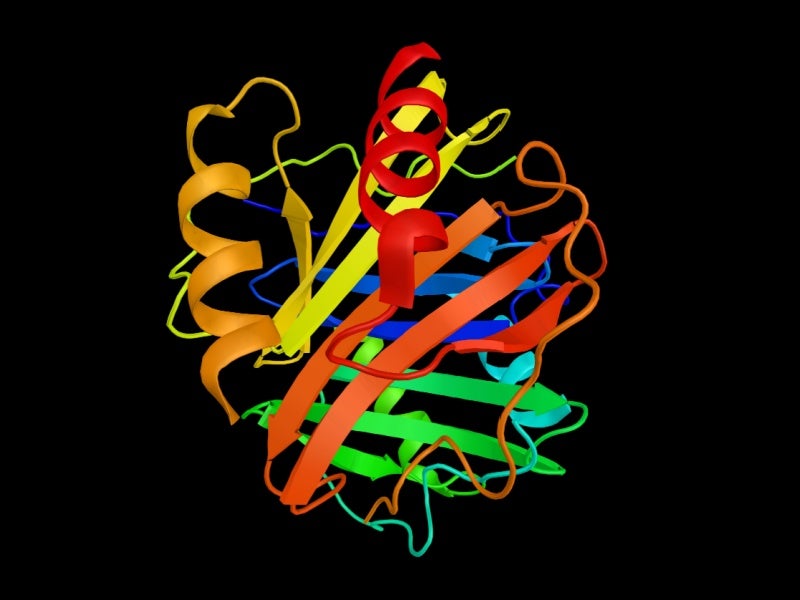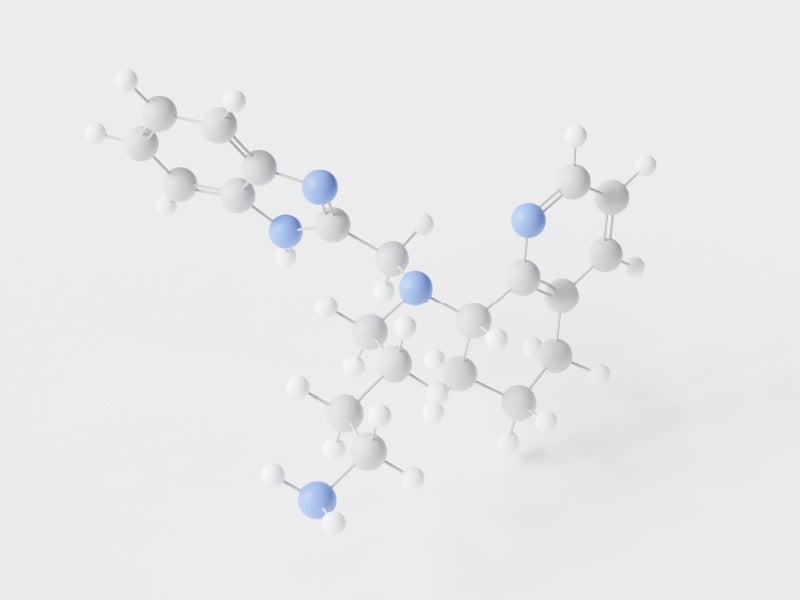XOLREMDI™ (mavorixafor) is a breakthrough, once-daily oral therapy indicated for the treatment of warts, hypogammaglobulinemia, infections, and myelokathexis (WHIM) syndrome, a rare immunodeficiency disorder, in patients aged 12 and older.
XOLREMDI™ is a selective CXC chemokine receptor 4 (CXCR4) antagonist developed by X4 Pharmaceuticals, a biopharmaceutical company based in the US. It increases the count of circulating mature neutrophils and lymphocytes by targeting the CXCR4 pathway dysfunction which is the underlying cause of WHIM syndrome.
In 2018, the US Food and Drug Administration (FDA) designated mavorixafor as an orphan drug for treating WHIM syndrome, while the European Commission granted orphan drug status to the medication in July 2019.
X4 Pharmaceuticals collaborated with Abbisko Therapeutics, a biotechnology company based in China, to develop and commercialise mavorixafor along with checkpoint inhibitors or other agents in Greater China for cancer in July 2019.
The FDA approved XOLREMDI™ for the treatment of WHIM syndrome in April 2024, based on the results of the pivotal 4WHIM Phase III clinical trial. X4 also anticipates obtaining approval for mavorixafor from the European Medicines Agency (EMA) by early 2025.
XOLREMDI™ is available as an opaque hard gelatine oral capsule, with a white body and light blue cap, containing 100mg of mavorixafor.
WHIM syndrome causes and symptoms
WHIM syndrome is a rare, combined primary immunodeficiency and chronic neutropenic disorder caused by CXCR4 receptor dysfunction due to mutations in the CXCR4 gene. It leads to impaired mobilisation of white blood cells from the bone marrow into the peripheral circulation.
The WHIM stands for the syndrome’s four classic manifestations, susceptibility to human papillomavirus infection-induced warts, hypogammaglobulinemia, infections, and myelokathexis. However, only a few patients experience all four manifestations.
Patients with WHIM syndrome typically exhibit low blood levels of neutrophils (neutropenia) and lymphocytes (lymphopenia), predisposing them to serious and/or frequent infections. Symptoms can vary, but often include recurrent infections such as pneumonia, sinusitis and skin infections, with a heightened risk for life-threatening bacterial and viral infections.
XOLREMDI’s mechanism of action
XOLREMDI™ is a first-in-class, orally bioavailable small molecule CXCR4 antagonist that works by blocking the CXCR4 receptor, specifically inhibiting its activation by the ligand stromal-derived factor-1α/CXC Chemokine Ligand 12 (SDF-1α/CXCL12), which is involved in leukocyte transport and homing.
In WHIM syndrome patients, gain-of-function mutations in the CXCR4 receptor gene enhance CXCL12 responsiveness, leading to leukocyte retention in the bone marrow. Mavorixafor works by decreasing the response to CXCL12 in both wild-type and mutant CXCR4 variants, resulting in improved mobilisation of neutrophils and lymphocytes into the peripheral circulation.
Clinical trials on XOLREMDI
The 4WHIM Phase III clinical trial was a global, randomised, double-blind, placebo-controlled, 52-week multi-centre study, which evaluated the efficacy and safety of XOLREMDI in 31 individuals aged 12 years and older diagnosed with WHIM syndrome.
The trial assessed the efficacy of XOLREMDI through improvements in absolute neutrophil counts (ANC), absolute lymphocyte counts (ALC) and a reduction in infections.
The treatment with XOLREMDI led to increased time above threshold (TAT) during which the ANC remained at or above the threshold of 500 cells/microliter (TAT-ANC) compared to placebo. Additionally, a notable increase was noticed in the duration of time during which the ALC stayed at or above the threshold of 1,000 cells/microliter (TAT-ALC) compared to placebo.
The drug’s efficacy was also evaluated using a composite endpoint consisting of total infection score and total wart change score, using the Win-Ratio method. Analysis of the separate components within the combined endpoint revealed a nearly 40% decrease in the overall infection score, factoring in the severity of infections, among patients treated with XOLREMDI™ compared to those who received a placebo. Additionally, individuals receiving XOLREMDI™ experienced a significant 60% reduction in the annualised infection rate compared to those treated with a placebo. The treatment, however, did not demonstrate improvement in warts.
The most common adverse reactions observed during the trial were thrombocytopenia, pityriasis, rash, rhinitis, epistaxis, vomiting and dizziness.
Mavorixafor is also being explored for the treatment of severe congenital neutropenia, Waldenstrom’s macroglobulinemia and clear cell renal cell carcinoma.










